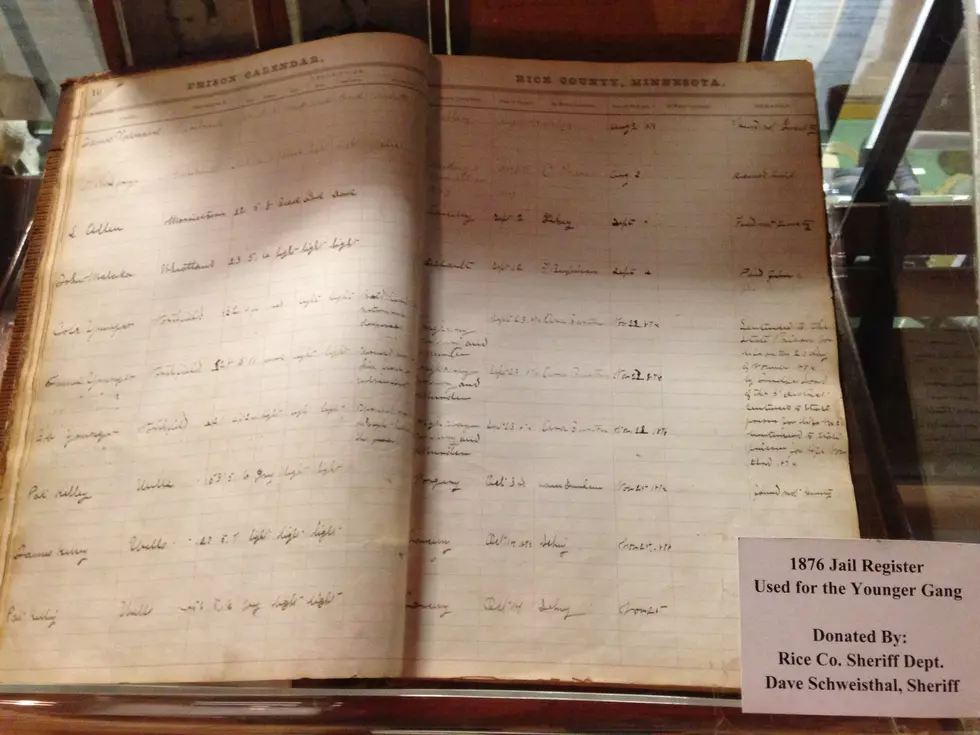26 Years Ago: The Cult Polish Up Their Sound on ‘Sonic Temple’
Until the Cult released their fourth album, Sonic Temple, in April 1989, change had been the only constant thread of an acclaimed but rather schizophrenic career. From day one, the British group had kept everyone guessing, as they relentlessly evolved from the confusing post-punk/Goth/New Wave/new romantic smorgasbord of 1984’s Dreamtime, through the sparkling nouveau psychedelia of 1985’s Love to the roughneck blue denim hard rock of 1987’s Electric.
But no longer …
Now that the brass ring of global stardom seemed at last within their reach, vocalist Ian Astbury, guitarist Billy Duffy and bassist Jamie Stewart weren’t about to chase their muse down another exotic rabbit hole. Instead, they chose a more predictable course for once, and set out to polish and enhance the promising commercial formula of Electric with a view of elevating their anthemic songs to truly arena-packing dimensions.
To accomplish this goal they recruited a rising star producer named Bob Rock, who’d cut his teeth engineering mega-platinum smashes (Bon Jovi’s Slippery When Wet, Aerosmith’s Permanent Vacation) under Bruce Fairbairn and knew just how to infuse promising new Cult creations like "Sun King," "Sweet Soul Sister," "Soul Asylum" and the persistently flower-powered "Wake Up Time for Freedom" with grandiose, big-screen ambitions.
Among the other songs finished for Sonic Temple, fans also had their pick of both punchy, Duffy-driven rockers like "New York City" and "Automatic Blues" and remnant samples of Astbury’s spiritual, Native American fetish, like "American Horse" and "Soldier Blue." But it was the all-important singles, "Fire Woman," which bulldozed up the charts in numerous countries, and "Edie (Ciao Baby)" -- its sensitive acoustic follow-up famously inspired by Warhol superstar Edie Sedgwick -- that solidified the Cult’s mainstream arrival, both in America and abroad. Sonic Temple hit No. 10 on the Billboard 200, the highest-charting position ever for a Cult album.
Unfortunately, the long and tortuous road that had brought the Cult this widespread acceptance was bound to claim its bounty. Even leading up to Sonic Temple’s recording, the band had gone through more drummers than Spinal Tap: first rehearsing the material with Chris Taylor (ex-Honeymoon Suite), then cutting demos with Eric Singer (then-Badlands, later Kiss), before recording with Mickey Curry (Hall & Oates, Bryan Adams) and, finally, touring with future Guns N’ Roses man Matt Sorum.
Even worse, by the time Sonic Temple’s taxing, world-spanning tour eventually wound down in the summer of 1990, it was founding bassist Jamie Curry’s turn to tender his resignation, leaving Duffy and Astbury to steer The Cult’s legacy, for better or worse, through thick and thin, makeups and breakups, thereafter. Yet though they’ve enjoyed many creative highs in the years since, the duo has never quite replicated their best-selling album’s success -- possibly because they’ve gone back to keeping listeners guessing instead of answering all of their questions as only Sonic Temple apparently could.
See the Cult and Other Rockers in the Top 100 Albums of the '80s
Criminally Underrated Rock Albums
More From KQCL Power 96










